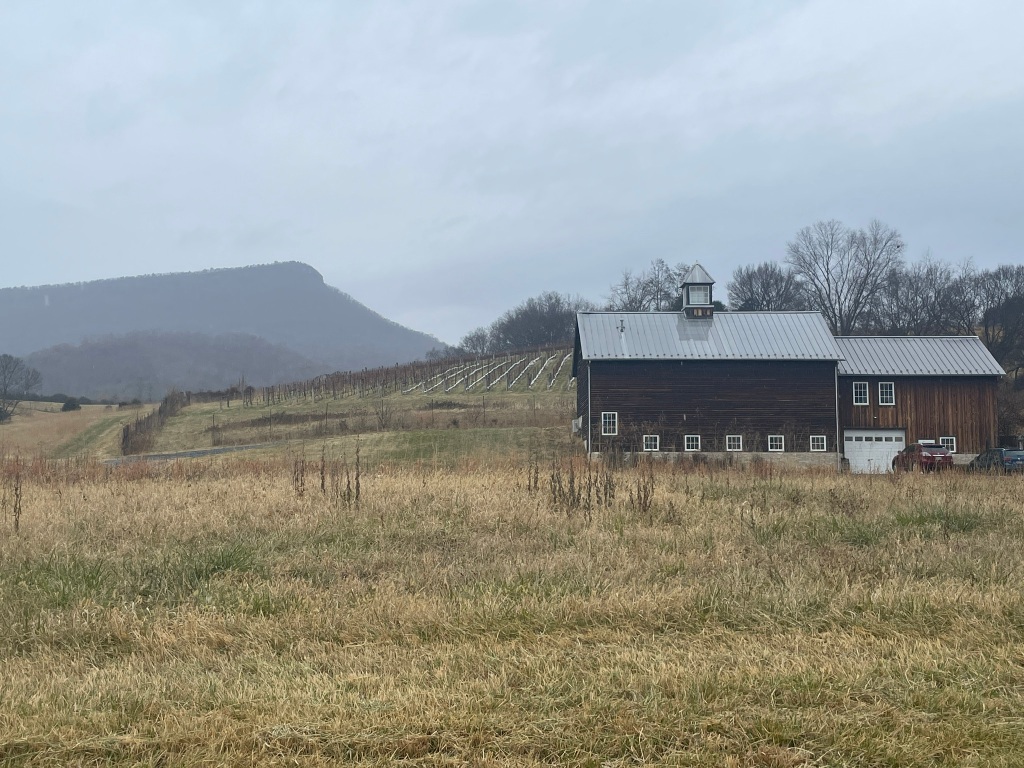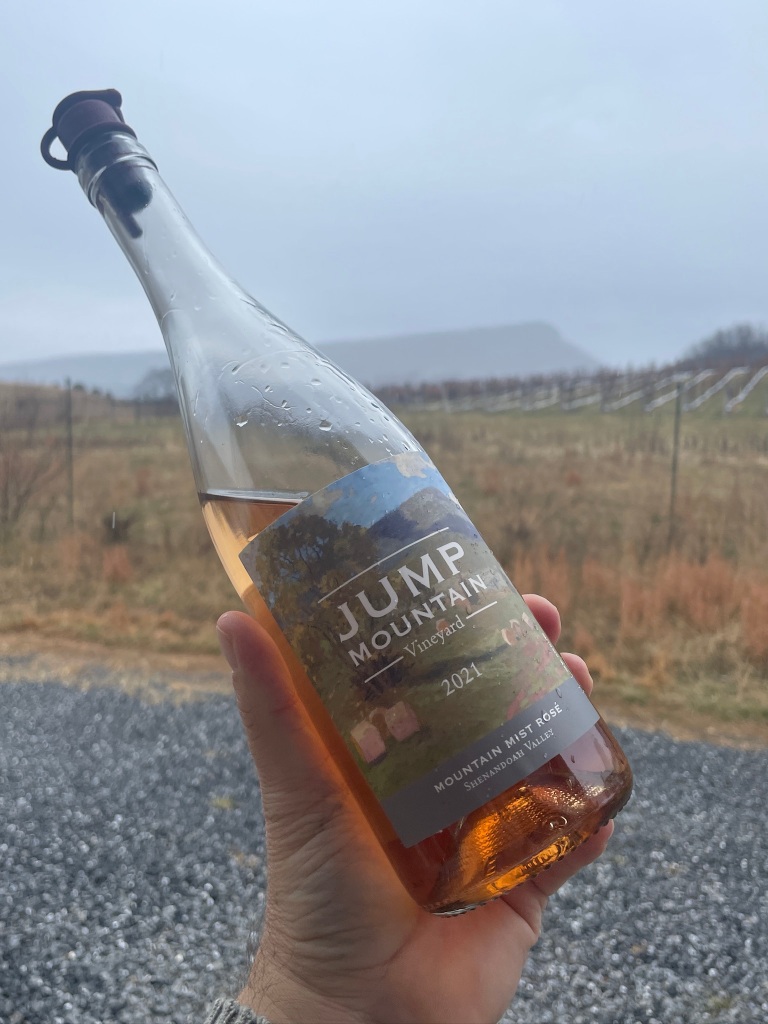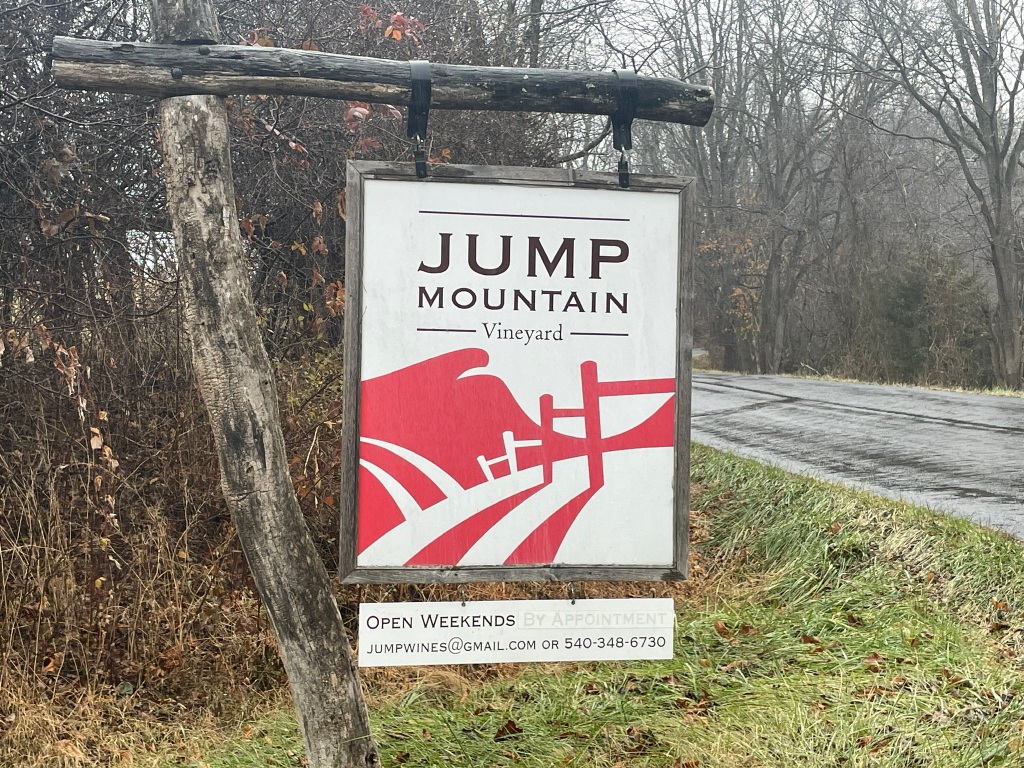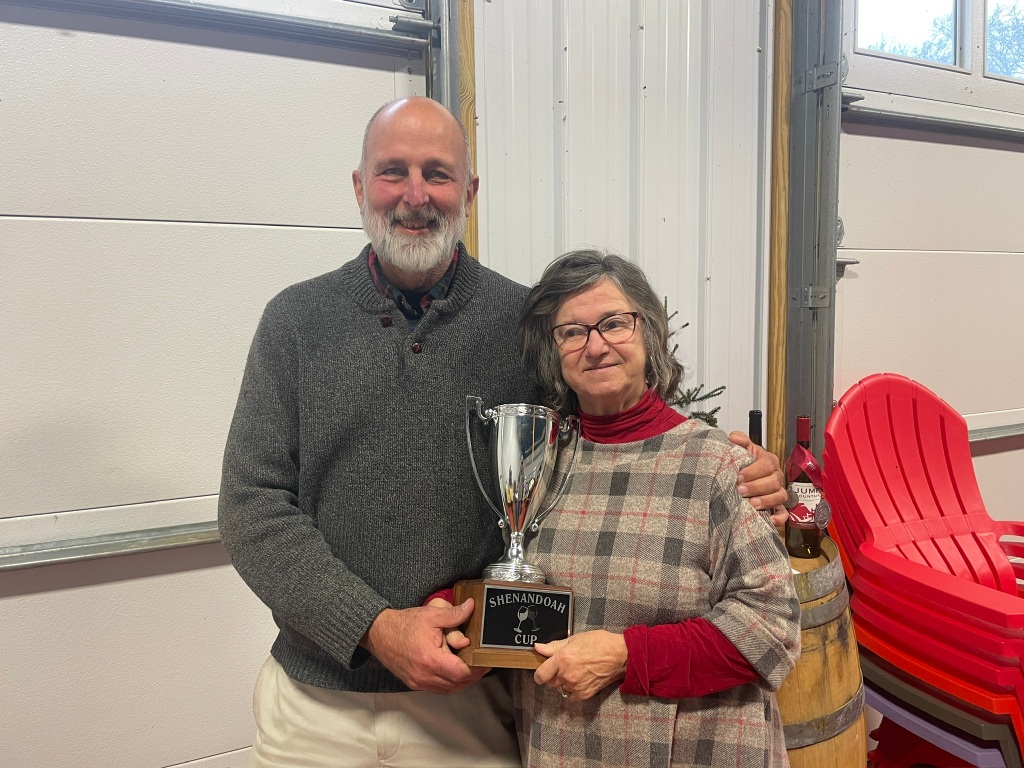If you’re thinking of starting the New Year alcohol-free, you’re far from alone. Wired Magazine reported that one in five adults claimed to have participated in 2022’s Dry January, up 13% from the previous year
The concept behind Dry January goes back to World War II, when Finland initiated a no-alcohol campaign to conserve resources during its conflict with the Soviet Union. But it wasn’t until 2013 this slogan became an international phenomenon, when Alcohol Change UK promoted it as a means for people to live an alcohol-free lifestyle (if only for a month).
There are good reasons to cut back on alcohol, whether it be resetting one’s body, saving money, or breaking an alcohol dependency. Many participate in Dry January just to prove to themselves it can be done.
Yet those who don’t want a full-fledged alcoholic beverage need not avoid socializing. Several local wineries are leaning-in to this movement by producing seltzers, mocktails, and no or low-alcoholic wines for those who wish to mingle but do so in a healthier way.
Younger Drinkers “Wine-Curious” But Looking At Their Options
Wine sales have steadily declined for the past several years, and the industry is struggling for an answer. Low or no-alcohol wines may be a method for wineries to stay relevant as consumer tastes change.
You might say it all starts with demographics. According to the 2023 Silicon Valley Bank “State of the Wine Industry” report, there is a huge gap between older and younger drinkers regarding how wine is viewed.
Older consumers come from an era where wine, as part of the ‘Mediterranean diet’, was advertised as a way to increase longevity. Boomers are also at the height of their buying power, which leads them to buy more expensive wine.
While ‘premium’ wine sellers appreciate this uptick in sales, they know it can’t last. Boomers are poised to age-out of the market, leaving it to younger consumers to take up the slack.
However, the more health conscious Millennial and Generation Z age cohorts aren’t as interested in wine, especially for entry level (under $15) bottles. When they do imbibe, they’re likely to do so in greater moderation. A significant portion are abstaining from alcohol entirely.
Not only are they drinking less, younger drinkers are skipping wine in favor of spirits and cocktails. Wine’s share of the beverage market is already decreasing. If enough potential drinkers skip these entry-level ‘gateway’ bottles, who knows what will become of the wine industry?
Wines With Little Or No Alcohol? What’s The Point?!?
As Virginia’s wine industry is relatively young, its winemakers have focused on innovation rather than tradition to guide their path forward. This has led several local wineries, including Hark Vineyards, to take advantage of growing consumer interest in low or no-ABV options. Hark winemaker AJ Greely shared her own observation on this trend.

“Post-COVID I think people realized they needed to cut back. That’s when we saw greater interest in low/no-alcohol wines.
Regardless of the reason, Hark decided to craft a non-alcoholic wine that appeals to those folks. It allows us to offer a glass that looks like wine, tastes like wine, but contains no alcohol. We’re proud to be the first, and thus far only, non-alcoholic wine in the state.
There are a couple of options to remove alcohol; vacuum distillation, centrifugal, and reverse osmosis. In Virginia, the only one available to us is reverse osmosis.
Our “Ené” is a neutral oak barrel fermented vidal blanc that went all the way through fermentation (but no ML) then aged in neutral oak for 6 months. At that point the tech worked with us for 2 days, using a membrane in the machine to remove the alcohol.”

This trend isn’t limited to wine, as mocktails are also finding their way to local wineries. Owner Stephanie Pence of Brix and Columns Vineyards started serving a pair of mocktails this past May and soon found they were a hit.
“Customers love them! They are great for guests that are under 21, designated drivers, those with health issues and just non-alcohol drinking visitors.

We serve two mocktails. One is a Strawberry-Guava Mojito, made with Simple Mixology strawberry guava cocktail juice and Fever Tree sparkling grapefruit garnished with mint. The other is a Moscow Mule made with lime simple syrup and Fever Tree Ginger beer. Those under 21 can drink with the grown-ups and not feel left out.”
For those who aren’t quite ready to completely give-up alcohol, winemaker Scott Spelbring of Bluemont Vineyard has an option for you.
“Piquette is an easy drinking, lower alcohol wine fermented using grape skins or pomace that has already been pressed. In the case of our Piquette Blanc we added water to our whole cluster pressed Albariño pomace, fermented the remaining sugars and bottled them with just a splash of Albariño and Viognier wine for additional flavor.
It’s unfiltered with a touch of sweetness and a light effervescence to round out the finished wine, making it a fun springtime sipper. I get tropical notes; banana, lychee, and pear with a slight creamy or custard finish. A year of aging this natural-style wine has made the sweetness taper off into an off-dry white wine with a touch of fruit on the finish. Fun, simple and non-serious.”


So far only a handful of Virginia wineries have experimented with low or no-alcoholic wine. As the market changes, more of these beverages will (hopefully) become available. For additional options, try Revalation Vineyards’s “Verjus”, or Castle Glen Winery’s mocktails.





